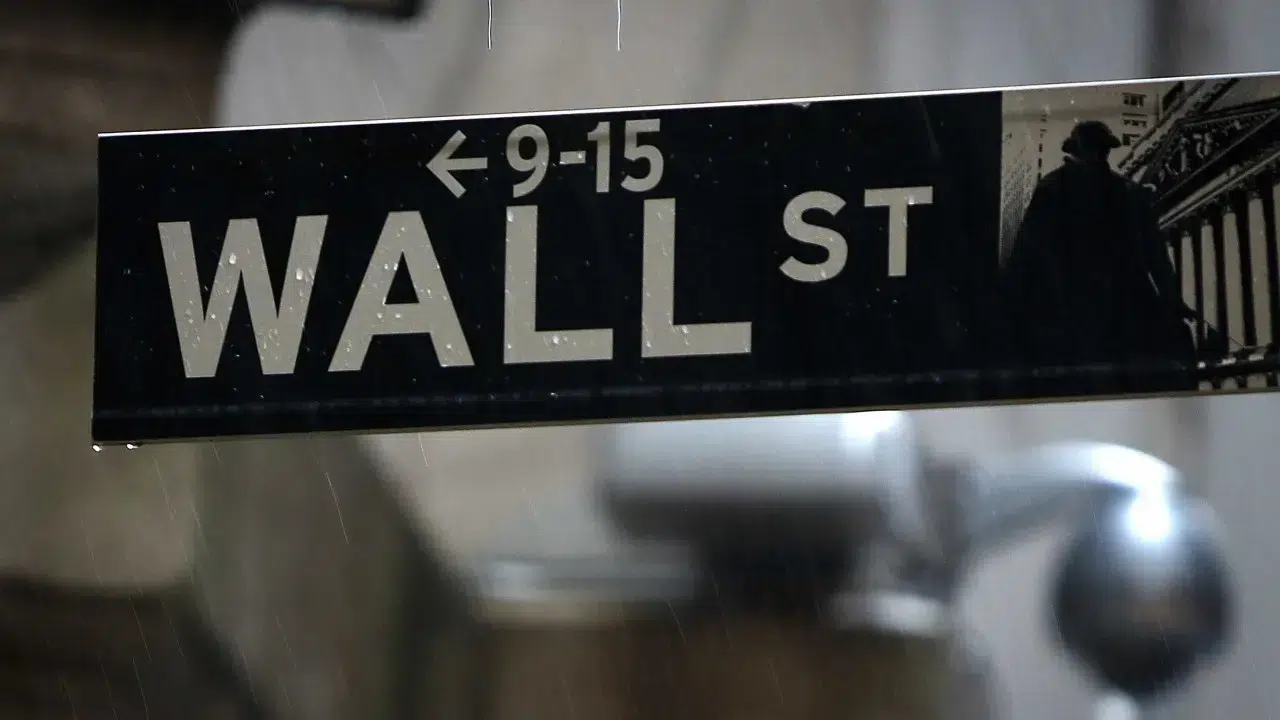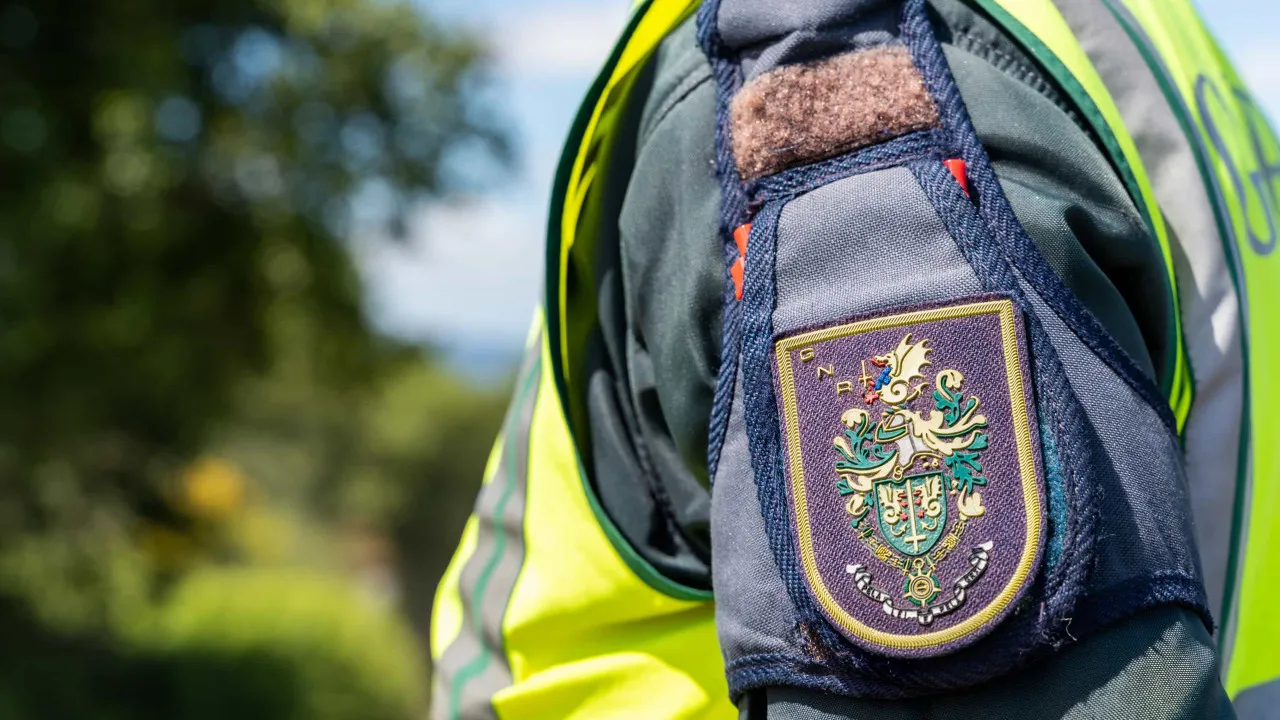
“A large portion of the ancient Cidade Velha monuments remains underground and is gradually being uncovered and brought to light,” stated Cape Verdean researcher Daniel Pereira during an event marking the inauguration of the exhibition “Cidade Velha – Berço da Nação Cabo-verdiana” at the Cape Verde Cultural Center in Lisbon.
Daniel Pereira, author of the book “Marcos cronológicos da Cidade Velha,” curates this documentary exhibition. It is part of the celebrations of Cape Verde’s 50th independence anniversary and showcases documents and photographs of the city’s monuments, recognized as a UNESCO World Heritage Site since 2009.
“Cidade Velha was the first city established in sub-Saharan Africa by Europeans, specifically by the Portuguese. It represents the beginning of the construction of the Cape Verdean nation over time,” he noted.
The researcher highlighted that the exhibition, which was unveiled to the public today in the presence of Cape Verde’s Minister of Culture, features documents, previously written books, and particularly photographic projects.
However, the exhibition presents not only what exists but “also what is unseen that needs to be viewed.”
“There is a lot to discover, as Cidade Velha is buried underground,” Pereira expressed, emphasizing that ongoing discoveries are supported by international cooperation.
He provided the example of the lateral chapel of the Church of Nossa Senhora do Rosário, uncovered in 2019 during the building’s rehabilitation. This chapel dates back to the church’s initial phase, in 1495.
Recent findings also include the ruins of the Church of Nossa Senhora da Conceição, the oldest in Cape Verde, built between 1466 and 1470, and the foundations of the Casa da Misericórdia in Cidade Velha.
“The challenge with Cidade Velha is that, on one hand, it’s an open-air museum, and on the other, it’s a living museum because people reside amid these monuments,” he observed.
Daniel Pereira, also the author of “A importância histórica da Cidade Velha,” written in five languages, describes the city as “the beginning of a new civilization, a new culture, fostered somewhat by Portuguese and Spanish expansion.”
“Clearly, people from the 15th and 16th centuries did not fully understand that they were transforming the world. The emergence of the Cape Verdean nation was not foreseen. Thus, this occurred independently of human intentions,” he said.
Cidade Velha, originally known as Cidade da Ribeira Grande, was officially discovered in 1460, with its development commencing two years later.
“All the great navigators of the 15th and 16th centuries crossed our maritime waters toward the Cape Verdean archipelago,” Pereira mentioned, listing explorers such as Vasco da Gama, Christopher Columbus, the settlement of Cidade da Ribeira Grande, Pedro Álvares Cabral, Fernão de Magalhães, and Juan Sebastián Elcano.




